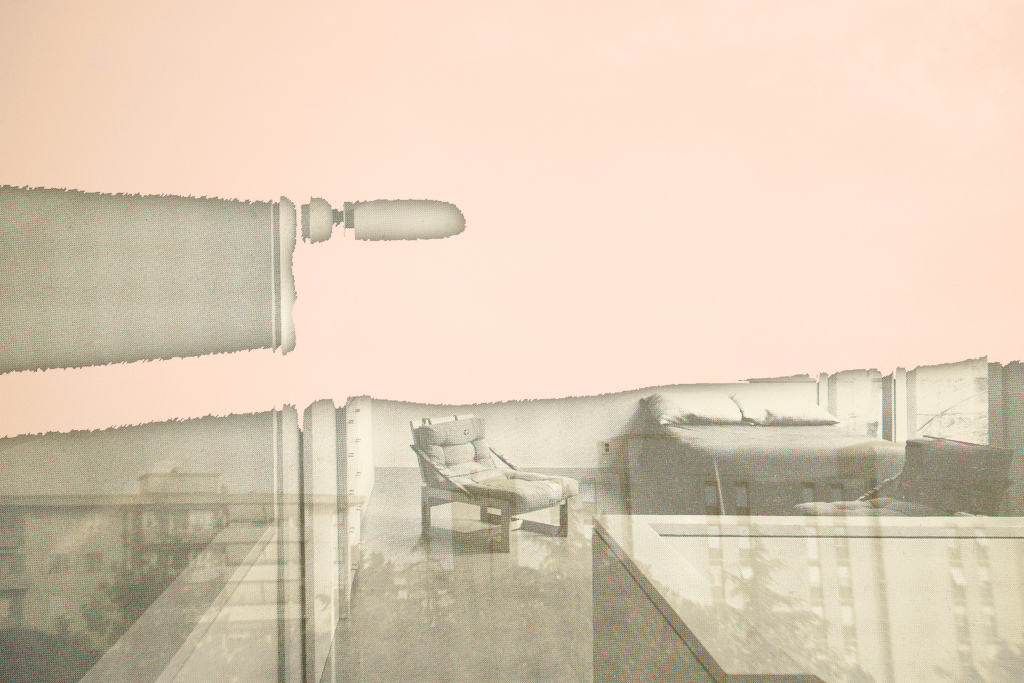The Photographic Urge – On Fairs and Festivals in Denmark

Photography has become increasingly integrated into Danish art institutions since the 1990s. Auction houses inform us that it is difficult to sell photography in Denmark today, but when it comes to fairs and festivals there remains a great deal of vitality. For example, look at the three most significant and current photographic fairs and festivals in Denmark: Copenhagen Photo Festival and the Photo Fair at Forum (Copenhagen) as well as FotoTriennale.dk, Funen. The first Copenhagen Photo Festival was organised in 2010. In 2012, it ran for ten days in June and had an extensive programme with exhibitions, events, art-walks and a two-day seminar on Nordic contemporary photography. On the website, the organisers announced their special interest in the diversity of the photographic medium. Their aim is to continue to explore photography in all its facets: the national and international art scene; the professional photo scene; young photo-talents as well as the amateur photo-enthusiast.
Some (art)critics have found this too broad a spectrum, and feel the mixture of amateurs and professionals risks confusing spectators. However, one could argue that our profound and widespread fascination with the visible reality of the photographic medium makes it irrelevant to judge and select only according to traditional aesthetic and pictorial conventions. A pending publication relating to the seminar on Nordic contemporary photography, and entitled Documentary, Art, and Something in Between, might yet provide an interesting reflection on this issue.
The Photo Fair at Forum which took place over three days at the end of October (2012) acts as a commercial market-place. Begun in Stockholm in 2006, it remains the largest throughout Nordic countries. The Photo Fair, in Copenhagen, focused on camera devices, technological wonders and advancements. It proved a great opportunity to learn about equipment and techniques. The fair also offered an exhibition of photographs, seminars and mini-courses on Photoshop, to name but a few of its attractions.
Fairs, in my opinion, often run the risk of turning into noisy places, while lacking the charm of an outdoor market. So, a (welcomed) solution for the Nordic Photo Fair was to isolate the exhibition space some distance away from the product-selling and microphoned voices. But I was surprised to discover that its website promises ‘unique photo exhibitions with fine art photography’. Why use the term ‘fine art photography’? Why not be proud of, for instance, good workmanship and, as mentioned earlier, the diversity of photographic expression that goes beyond the genre of ‘photography as art’? That said, the exhibitions at this fair, including those by excellent photographers such as Danish photo-journalist Jan Grarup and the Swedish nature photographer Brutus Östling, demonstrated the unique power of photography when it is performed by engaged picture-makers.
The purpose of FotoTriennale.dk is clear cut. It proves that most photographs of great visual value are made out of profound urge and necessity – no more and no less – be that an aesthetic, narrative, playful or social urge and necessity.
This festival began in 2000. As with the Copenhagen Photo Festival, there was an extensive programme in 2012, scheduled throughout October. It included exhibitions, artists’ talks, workshops, meetings, lectures, a film programme and the Meeting Place Portfolio Review – which offered one-to-one meetings between photographers to- be and international experts.
FotoTriennale.dk actively involves amateurs, in particular, through a so-called MiniMarathon for Children. But they have managed to unite disparate groups of photographers by choosing an interesting and very relevant theme for the whole festival in 2012: The Good Life. Some of the exhibitions ran until January 2013, for instance, one by one of Denmark’s greatest landscape photographers, Per Bak Jensen and, another, by the Russian artist Lucia Ganieva: a series of photographs of people from the Russian village Udmurtia. Although Per Bak Jensen’s and Ganieva’s pictures are very different, they share a poetic quality, and both render reality with a touch of surrealism. We, the spectators, are lucky that they, and other skilled picture-makers, are able to communicate their experience of life through photography, and that fairs and festivals support this fascinating mode of human expression.
